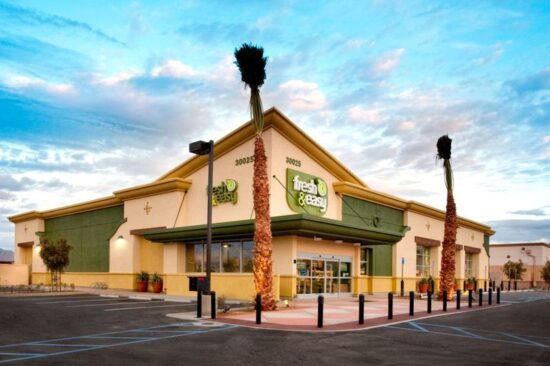
We’ve all experienced the typical grocery or big-box store that uses excessive energy. The same thoughts get recycled over and over in my head during shopping trips: Why do I have to freeze in the refrigerated aisles? Do all the lights really need to be turned on? Are there opportunities to bring in natural light? My rant goes on even though I have never conveyed these thoughts to any grocery owner or designer. But there is hope. I recently heard about a neighborhood market called Fresh & Easy. They address in their business model energy efficiency in their building designs, sustainability throughout their business process, and community building.
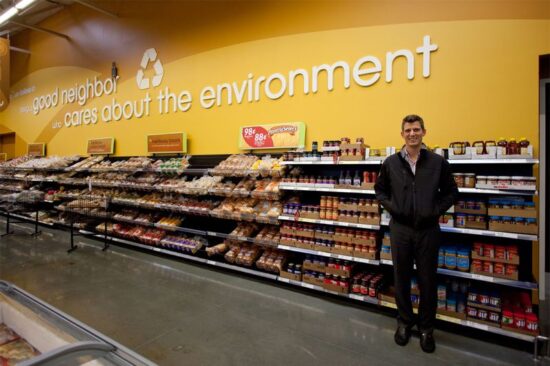
Fresh & Easy is a chain of neighborhood markets developed specifically for the American market by United Kingdom based-Tesco. Their first store was completed in November, 2007 and there have been 135 stores, each averaging 10,000 to 15,000 sq. ft., built in the last 2.5 years in Southern California, Arizona, and Nevada. While a majority of the stores utilize existing buildings, newly constructed stores include many green building measures. As a member of the U.S. Green Building Council’s LEED Volume Certification Program, Fresh & Easy opened their first LEED Gold certified store in Cathedral City, California last September. They are poised to use it as a model for their other stores, and will open several more LEED-certified stores.
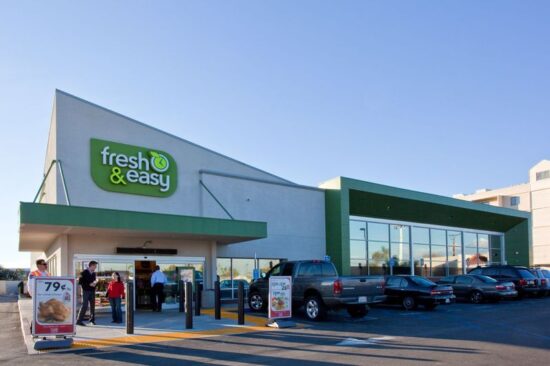
One of Fresh & Easy’s priorities is to provide high quality products at low price points. The company can achieve this because they keep business costs down through various methods which then enable them to pass on their savings to their customers. Building energy efficient stores is a key mechanism that reduces the company’s building operation costs.
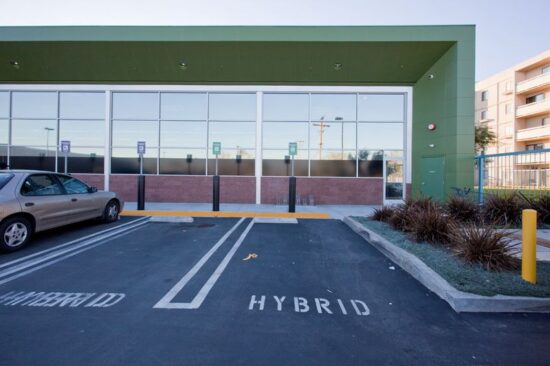
Earlier this year, I got a first-hand look at Fresh & Easy’s energy efficiency efforts when I toured their store in Compton, California with the company’s Director of Neighborhood Affairs. The store design is similar to that of the LEED certified, Cathedral City store. It has a simple yet refreshing exterior design which also gets translated into the interiors. The first energy-saving move was immediately apparent when I walked into the store and noticed a good, healthy dose of natural daylight. Most of it came through a huge window assembly that took up two thirds of the front facade. The throw of the daylight reaches deep into the store because the building footprint is fairly shallow, the aisles are about 8 ft wide which is wider than standard aisle widths, and the shelving racks are low enough (around 7 ft tall rather than 8 ft tall or higher) to not block out the daylight. Additional daylighting comes through the skylights.
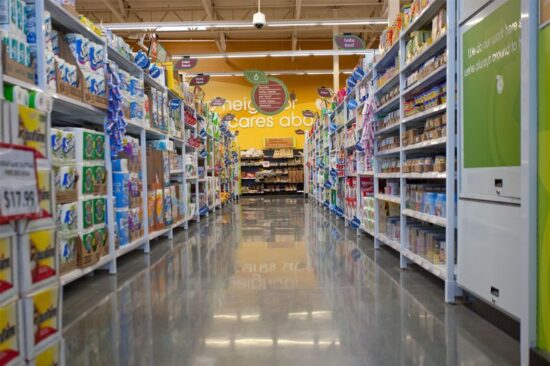
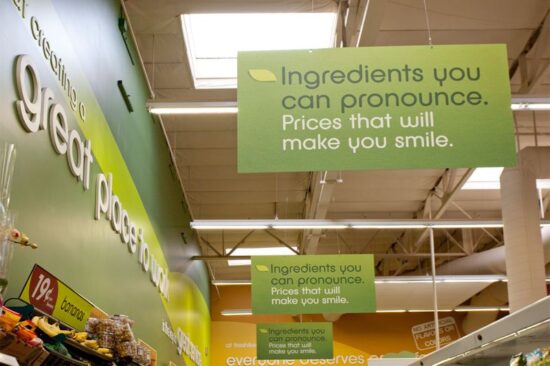
Whenever possible, passive lighting design should be maximized as much as possible, but it also needs to be complemented by other energy saving measures. Fresh & Easy has standardized a list of energy efficient measures for their stores. Dimmable, fluorescent light fixtures are tied to daylight sensors. LED lights are used in exit lights, coolers, and freezer cases. Freezers have top loaded sliding glass doors to prevent air leakage. Coolers have “night shades” that get pulled down after hours to conserve energy. The shades help prevent cool air from escaping and the cooler utilizes a secondary loop system that reuses the cool air.
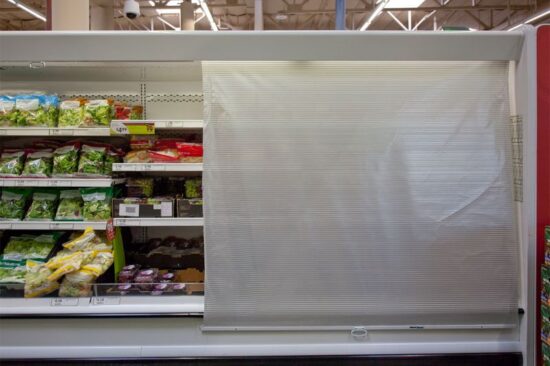
Regardless of how many energy efficient devices are installed in a building, it is critical to monitor whether or not they are performing per design and manage their energy usage. At Fresh & Easy, an energy monitoring device is installed on each refrigeration unit which is tied to a central monitoring station. Maintenance staff can easily determine if one refrigeration unit is drawing more power than what it typically should use. Fresh & Easy uses Verisae’s software system to monitor and manage their energy consumption and carbon footprint. Last November, Verisae confirmed that their grocery stores’ energy consumption was 32% lower than the industry aver
age for energy usage per square foot. That reduction in energy usage was equivalent to $3 million dollars in energy related costs and 30 gigawatt-hours in annual energy consumption.

Per Roberto Munoz, Director of Neighborhood Affairs, “Fresh & Easy wants to keep things simple and affordable in all phases to pass on savings to customers and subtly educate customers about how high quality, low priced products can be achieved through green buildings and business strategies.”
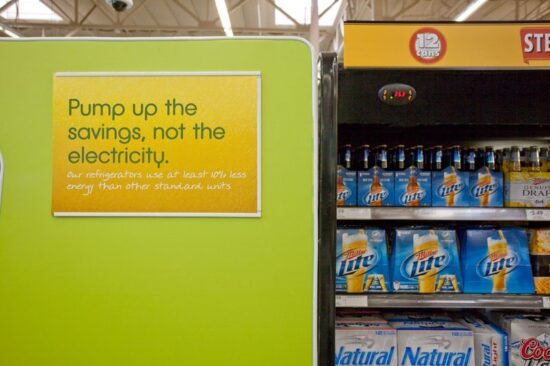
With easy to read signage posted throughout the store and on their website, Fresh & Easy educates their clients about how they benefit from the energy efficient features of the stores in which they shop: the energy efficiency of the building helps lower energy bills and consequently allows the store to keep prices low and increase savings to the customers. The truth is that for most people, cost is a primary concern. If they can save money and “happen to” help save the environment at the same time, then they can feel extra good about themselves. With their smart marketing and sustainable strategies, Fresh & Easy “happens to” help people consciously or unconsciously address both issues.
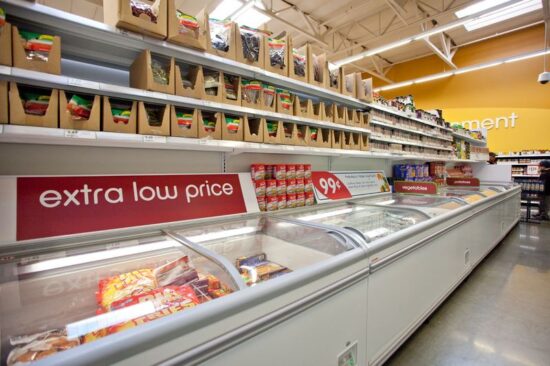
Building energy efficient buildings is only one part of Fresh & Easy’s business solution to minimizing their costs and environmental footprint. Sustainable efforts are also made at other levels. For example, the distribution/supplier networks are kept fairly local to minimize travel distances and thus carbon footprint. Riverside, California is home to the distribution center to which all the suppliers deliver their goods and from which everything gets distributed to their stores. (By the way, approximately 19% of distribution center’s energy is supplied by its 2 megawatt solar photovoltaic system.) Adjacent to it is the Kitchen where all the pre-packaged foods get prepared. The meat and poultry suppliers/partners and produce suppliers are set up nearby. Depending on the season, about 60% of the produce is locally sourced. What Fresh & Easy has done is create a local community of networks. This minimizes not only the delivery distances between suppliers and distributor, but also fuel and related transportation costs.
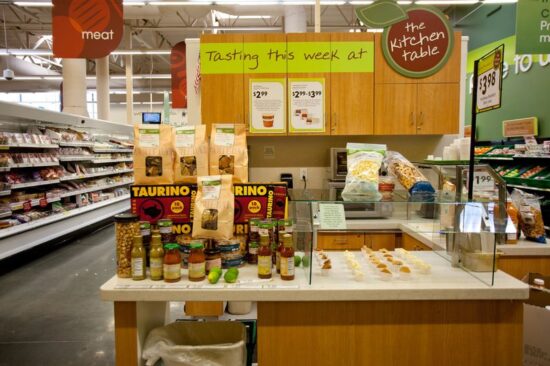
Sustainable, long term strategies have also been applied to the design of produce displays and leftover foods. Produce packaging and display techniques are kept simple to reduce packaging waste and the required time, hence labor, spent on arranging displays. Reusable secondary packaging such as plastic fruit crates are utilized because they can be reused after they get washed in the UV sanitation system. Edible, leftover foods also get “recycled” and go to the community food banks.
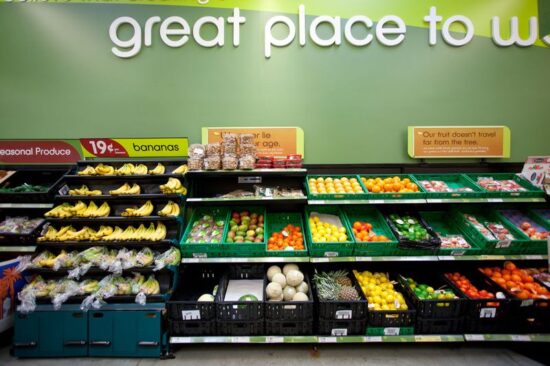
Partnership with the local food bank helps Fresh & Easy stay connected to the community. Building relationships with the communities in which they do business is another strategy for growing a sustainable business. Fresh & Easy builds stores in existing, under-served neighborhoods where there is a strong community need for access to fresh, affordable foods. They act as a local grocery market from which people can buy all their necessities rather than from multiple stores. Each store’s customers come from within a 2-3 mile radius, and 50% of the employees live within a 3 mile radius. Fresh & Easy not only supports their community by hiring locally, but also enables customers and employees to live a more sustainable lifestyle.

The number of energy efficient and/or LEED certified grocery stores in the U.S. is increasing and it is good to know that the retail sector is finally catching up with the green building movement. Fresh & Easy can serve as a smart business role model to other businesses, proving that it can be profitable, serve its customers, and reduce its environmental impact all at the same time. Check out their user-friendly website and live solar panel feed report. For those of you in Northern California, be on the look-out for a Fresh & Easy coming to you in the near future.


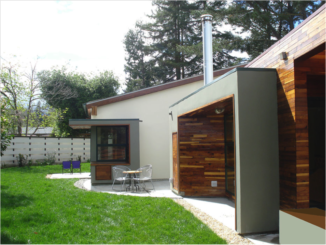
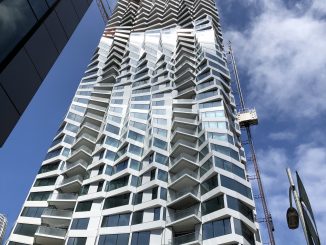
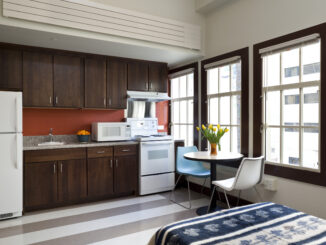
Be the first to comment